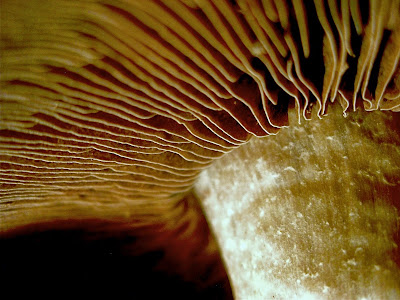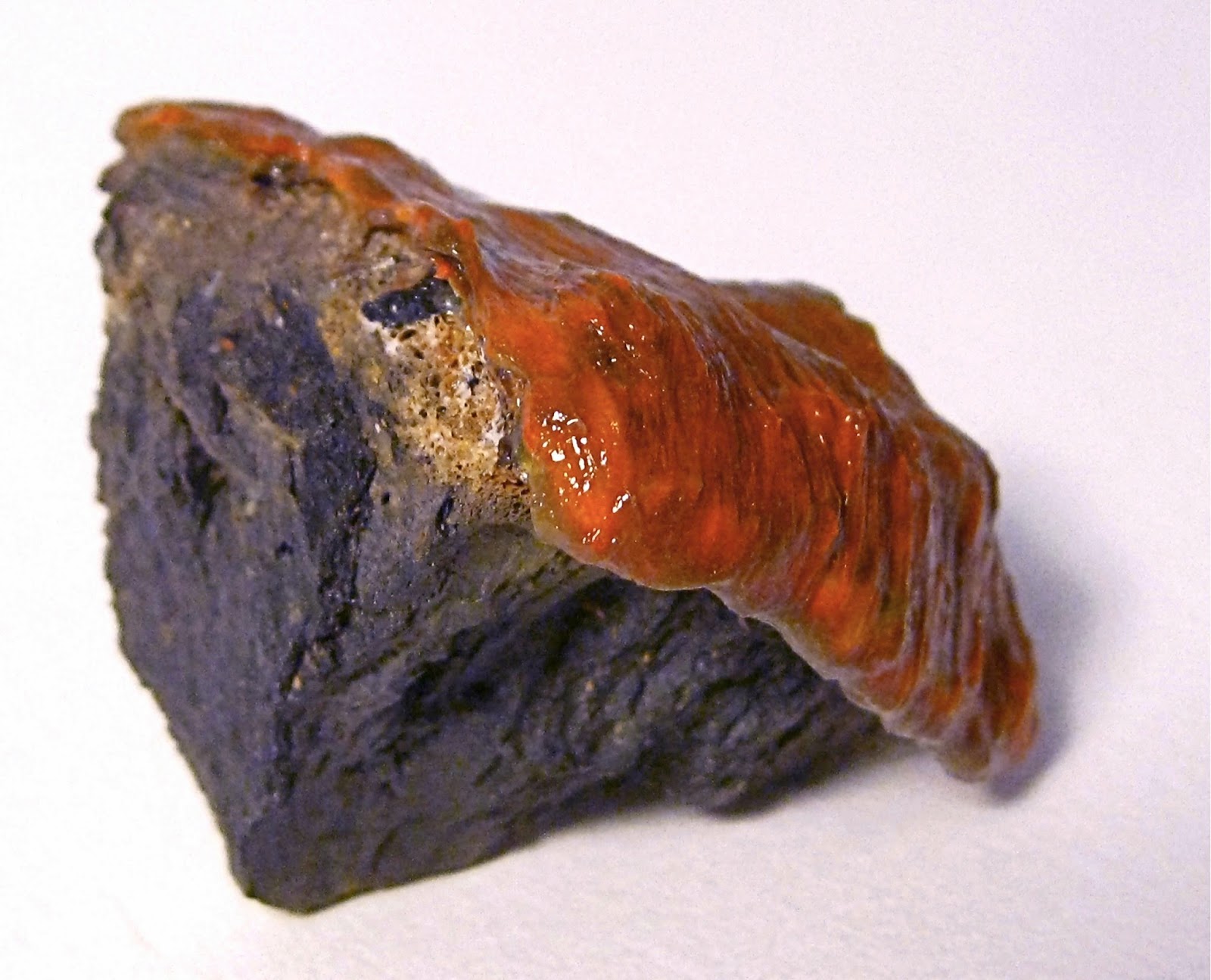In response to our inquirers, the International Association of Consumer Based Technologies (IACBT) has released the following statement.
In this world of rapid, unregulated advancements in the field of microbiological technology, driven by short sighted corporate profits and flamed by fickle consumer demands, it would seem inevitable that something as small as a fungus spore could eventually be manipulated, whether intentionally or unintentionally, into a rogue contagion with the ability to diversely impact the stability of humanity.
Although this statement is a far cry from publicly supporting the existence of Nomadic Fungi, NFI greatly appreciates that the IACBT has acknowledged the possibility that a phenomenon such as Nomadic Fungi could occur.
In this world of rapid, unregulated advancements in the field of microbiological technology, driven by short sighted corporate profits and flamed by fickle consumer demands, it would seem inevitable that something as small as a fungus spore could eventually be manipulated, whether intentionally or unintentionally, into a rogue contagion with the ability to diversely impact the stability of humanity.
Although this statement is a far cry from publicly supporting the existence of Nomadic Fungi, NFI greatly appreciates that the IACBT has acknowledged the possibility that a phenomenon such as Nomadic Fungi could occur.





























